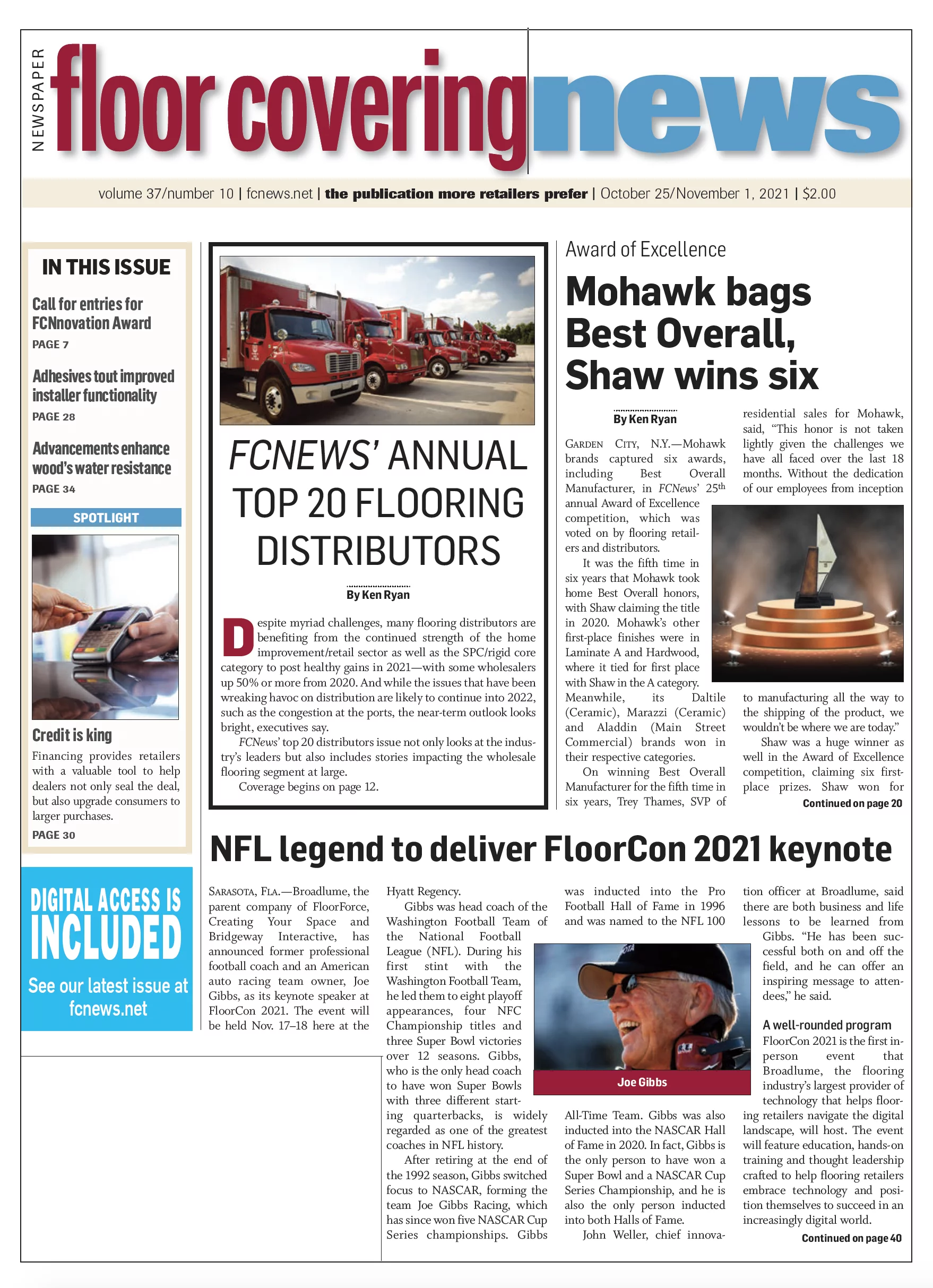 By Steven Feldman—So I went to a sports bar in Manhattan the other day to partake in my favorite Sunday activity: watching as many football games at one time as humanly possible. This particular establishment has a best-in-class reputation and is wall-to-wall people. However, upon my arrival midway through the first quarter, I knew something was off. They place was relatively empty, which never happens.
By Steven Feldman—So I went to a sports bar in Manhattan the other day to partake in my favorite Sunday activity: watching as many football games at one time as humanly possible. This particular establishment has a best-in-class reputation and is wall-to-wall people. However, upon my arrival midway through the first quarter, I knew something was off. They place was relatively empty, which never happens.
Soon I knew why. The menu was about a tenth the size as I remember. The service was awful. The food came out cold. Good luck getting silverware and side plates. I had to ask the manager: “What happened to this place?”
She apologized profusely and sang the same song I’ve been hearing everywhere I go: “We can’t get anyone to work. We have two people in the kitchen. Hopefully things change soon.” They probably won’t.
I truly believed once we cut off the ridiculous $300-a-week federal supplement for unemployed Americans, many people would then come off the sidelines and take the 10 million jobs that employers were desperate to fill.
Yet three months after half the states began ending that federal payment, there has been no significant influx of job seekers. Here’s the crazy thing: In states that cut off the $300 check, the workforce—the number of people who either have a job or are looking for one—has risen no more than it has in the states that maintained the payment.
Labor shortages have persisted longer than many economists expected, deepening a mystery at the heart of the job market. Companies are eager to add workers and have posted a near-record number of available jobs.
Unemployment remains elevated. The economy still has 5 million fewer jobs than it did before the pandemic. Yet job The $300-a-week federal check, on top of regular state jobless aid, meant that many of the unemployed received more in benefits than they earned at their old jobs. However, economists point to a range of factors that are likely keeping millions of former recipients of federal jobless aid from returning to the workforce. Many Americans in public-facing jobs still fear contracting COVID-19, for example. Some families lack child care. Other people have grown to cherish the opportunity to spend more time with their families and feel they can get by financially, at least for now. Losing the $300-a-week federal payment hasn’t driven people off their couches.
Here’s the issue: Once you’ve stayed home with your kids and family, who wants to physically have to go back to work? Many people say they’re not going to sacrifice pay or flexibility working remotely.
Indeed, the pandemic appears to have caused a re-evaluation of priorities, with some people deciding to spend more time with family and others insistent on working remotely or gaining more flexible hours.
Some former recipients—especially older, more affluent ones—have decided to retire earlier than they had planned. With Americans’ overall home values and stock portfolios having surged since the pandemic began, Fed officials estimate that up to 2 million more people have retired than otherwise would have.
And after having received three stimulus checks in 18 months, plus federal jobless aid in some cases, most households have larger cash cushions than they did before the pandemic. A recent study revealed that the median bank balance for the poorest one-quarter of households has jumped 70% since COVID-19 hit. A result is that some people are taking more time to consider their options before rushing back into the job market.
Likewise, some couples have decided they can get by with only one income, rather than two, at least temporarily. Other people have decided they no longer want to work in an office, on a computer, like what they were doing pre-pandemic. So the choice is doing some other line of work that pays too little, is too physically demanding or just not to work at all.
In Missouri, a group of businesses still frustrated by labor shortages more than three months after the state cut off the $300-a-week federal jobless checks paid for billboards in Springfield that read: “Get Off Your Butt!” and “Get. To. Work.” The state has seen no growth in its workforce since ending supplemental emergency benefits.
It was suggested that many people on the sidelines of the job market want more benefits or the flexibility to care for children. People don’t want to go back to the pre-pandemic job market. They seek a package that provides them with the security they need.
In the meantime, get used to cold food and/or poor service. Or just eat at home.growth slowed in August and September.

